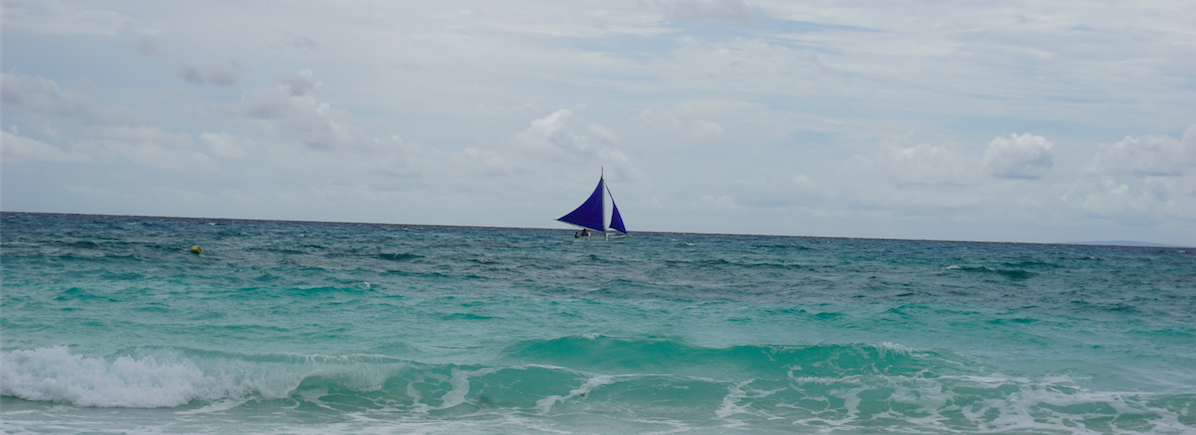- Published on
The role of wind in addressing capacity constraints in the Philippines
- Authors
-
-

- Name
- Vivienne Roberts
- in/viviroberts
-

There is a constant and gentle hum of generators on Boracay island. In Sabang, the hotel managers told me about the regularity of brownouts, and the need for backup generators. While there, I experienced only short intervals of power-outages, where backup gensets kicked in. It’s different on Boracay. For the last two days the hotel staff where I’m staying have turned the generator off while I’ve been there, to give it a rest. It had been running for the whole day. It kicked on in the middle of the night, which was not ideal, since our room is right next door. They’re running these generators hard, for long periods.

 This is a little island, with an increasing population. Sandy white beaches, warm water, diving spots and gentle lapping waves make it a tourist’s dream. It also makes it a power utility’s nightmare I assume. It’s less than a kilometre from Caticlan by boat, and this is effectively the main land. Nabas Wind Farm, a project by PetroWind Energy Inc commenced commercial operation on the 10th June 2015. On a clear(ish) day it’s visible from Boracay and looks impressive standing on the hill. It’s a 36MW facility, built to supplement the power to Boracay, and qualified for P8.53/kWh (USD0.182/kWh). Initially it was approved to be a 50MW facility, and at 36MW it’s clearly not enough on its own to address the capacity constraints, or there would still not be brownouts taking place.
This is a little island, with an increasing population. Sandy white beaches, warm water, diving spots and gentle lapping waves make it a tourist’s dream. It also makes it a power utility’s nightmare I assume. It’s less than a kilometre from Caticlan by boat, and this is effectively the main land. Nabas Wind Farm, a project by PetroWind Energy Inc commenced commercial operation on the 10th June 2015. On a clear(ish) day it’s visible from Boracay and looks impressive standing on the hill. It’s a 36MW facility, built to supplement the power to Boracay, and qualified for P8.53/kWh (USD0.182/kWh). Initially it was approved to be a 50MW facility, and at 36MW it’s clearly not enough on its own to address the capacity constraints, or there would still not be brownouts taking place.
With over 7,000 islands in the Philippines, it’s also clear that distributed energy is essential here. The way that this country addresses its electricity constraints may be a lesson in how embedded generation, distributed generation, micro-grids, hybrid solutions and storage systems are rolled out.


